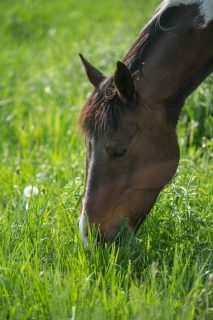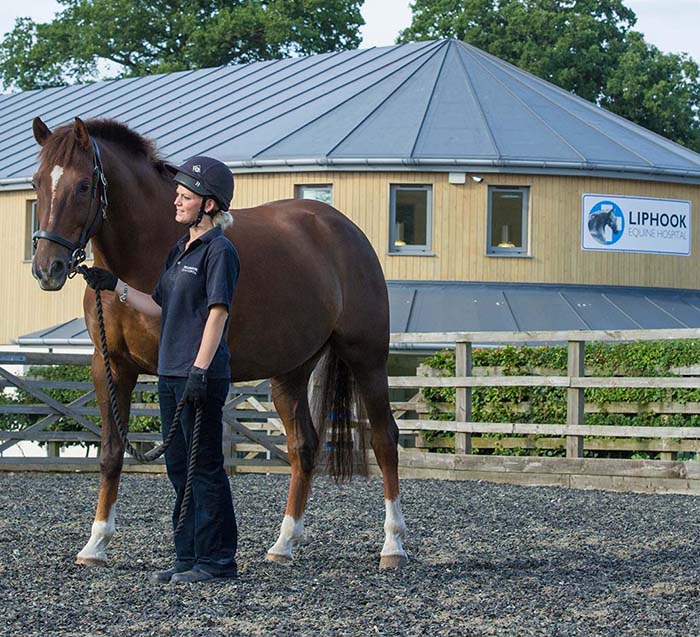We have seen a large number of laminitis cases over the last few weeks.
The warmer weather and rain brings an increase in lush grass and so it is vital that you manage your horse’s intake. Each blade of grass is high in sugars called fructans, and can induce laminitis if eaten in large amounts.
Laminitis is a painful and potentially devastating disease that causes pathological changes in the anatomy of the foot that can lead to long lasting, crippling changes in function.
The classical signs of laminitis are easily recognised and include the horse or pony rocking back onto it’s heels in order to take the weight off the painful laminae at the toe. The horse or pony may be seen to be weight shifting between limbs, the hoof wall will feel warm and bounding digital pulses can be felt in the lower limb.
If you are at all worried, please contact your vet – 𝐏𝐑𝐄𝐕𝐄𝐍𝐓𝐈𝐎𝐍 𝐈𝐒 𝐁𝐄𝐓𝐓𝐄𝐑 𝐓𝐇𝐀𝐍 𝐂𝐔𝐑𝐄!





